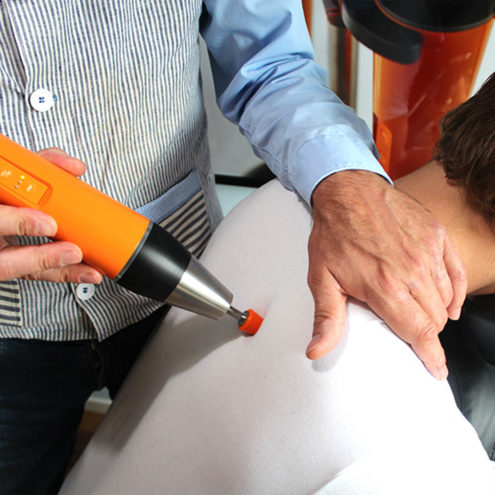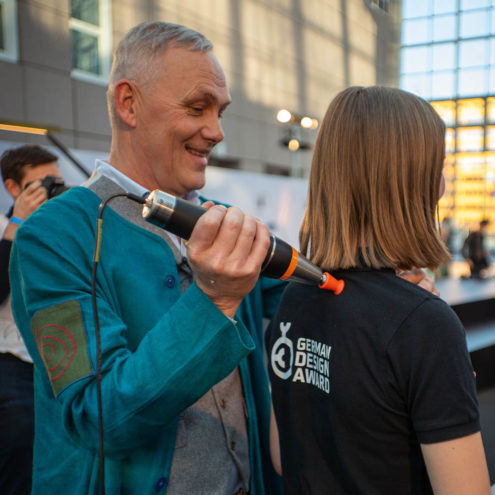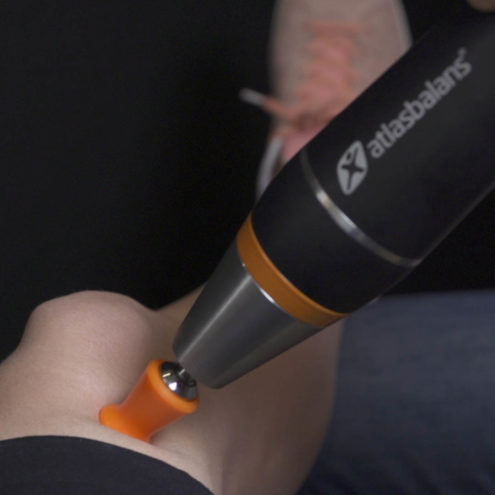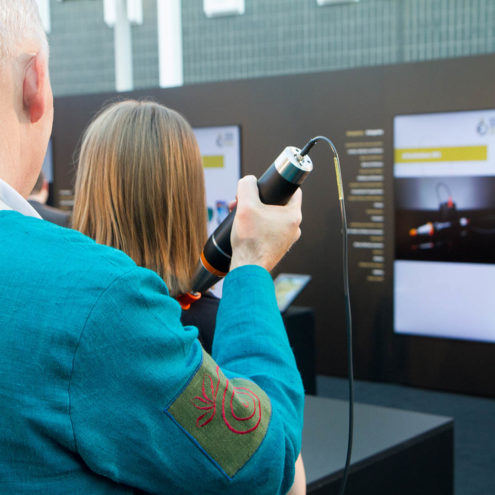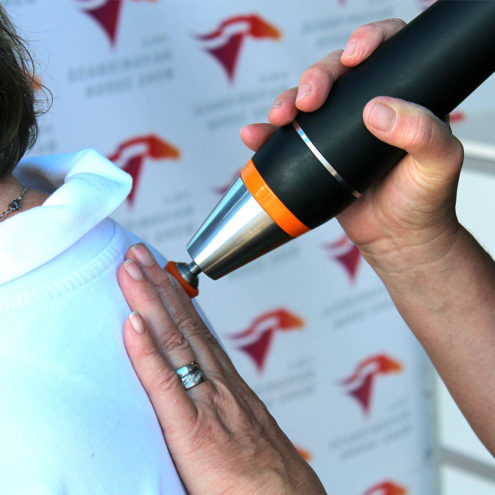Back of thigh exercises – Strengthen your hamstrings for better stability

The back of the thighs, or hamstrings, are one of the most important muscle groups in the lower body. They play a crucial role in stability, strength and explosiveness in many movements, including running, jumping and heavy lifting. Despite this, the hamstrings are often an overlooked muscle group in training, which can lead to muscular imbalances and an increased risk of injury.
Including specific exercises for the back of the thighs in your training routine can improve your performance, reduce the risk of injury and support your knees and hips. In this guide, we look at the benefits of training the back of the thigh, effective exercises and common mistakes to avoid. We also explain how Fascia Clinics can help you optimize your training through fascia treatment and personalized advice.
The benefits of exercising the back of the thigh
Having strong hamstrings is important for whole body movement patterns and stability. Here are some of the main benefits of exercising your back thighs:
1. improved lower body strength
Hamstrings work together with the glutes and quadriceps to generate power in explosive movements such as sprinting, jumping and heavy lifting. Strong hamstrings improve your performance in both sports and everyday activities.
2. increased stability and injury protection for knees and hips
Hamstrings stabilize the knee joint and reduce the risk of overuse injuries. Weak hamstrings can increase the risk of knee problems, including ACL injuries and patellofemoral pain syndrome.
3. better balance between front and back thighs
A common imbalance between the quadriceps (front thighs) and hamstrings can lead to injury and ineffective training. Strengthening the hamstrings helps create symmetry in the lower body and improves the body’s ability to move.
Basic exercises for the back of the thigh
To strengthen the back of the thighs effectively, you should include both eccentric, isometric and dynamic movements. Here are some of the most basic and effective exercises:
1. Straight deadlift
Muscles that are activated: Hamstrings, glutes and lower back
Implementation:
- Stand with your feet hip-width apart and hold a barbell or dumbbells in front of your body.
- Lean your upper body forward with a straight back, lower your weight and push your buttocks back until you feel a stretch in your back thighs. Your knees may be slightly bent.
- Push back up by activating the hamstrings and glutes.
2. Hamstring Curls (Lying thigh curl)
Muscles that are activated: Hamstrings
Implementation:
- Lie on your stomach in a thigh curl machine and place your feet under the pad.
- Bend your knees and pull the weight towards you, holding on the way down.
- Repeat slowly and in a controlled manner.
3. Hip lift (Glute Bridge)
Muscles that are activated: Hamstrings, glutes and core
Implementation:
- Lie on your back with your knees bent and your feet flat on the floor.
- Press through your heels and lift your hips towards the ceiling.
- Hold the top and then slowly lower back down.
Back of thigh training for different goals
1. To build muscle mass
Perform heavy exercises such as straight deadlifts and hip lifts with 6-10 repetitions per set.
Increase the load gradually and focus on slow, controlled movement.
2. to increase endurance and explosiveness
Include jumping and sprinting exercises to improve speed and power development.
Train with medium weights and more repetitions (12-20 reps).
3. to improve flexibility
Include mobility exercises and stretchingsuch as dynamic leg swings and deep squats.
Common mistakes when training the back of the thigh
1. too much focus on the front of the thigh
Many people train the quadriceps more than the hamstrings, which can create an imbalance and increase the risk of injury.
2. Overloading of the lumbar spine
When deadlifting or hip lifting, it is important to use the correct technique to avoid putting more strain on the lumbar spine than the hamstrings.
3. too short a travel path
By not fully stretching the hamstrings in each repetition, you reduce the effectiveness of the exercise.
Mobility and stretching for the back of the thigh
Stretching helps to prevent stiffness and improve recovery.
Seated hamstring stretch: Sit on the floor with your legs straight and try to reach your toes with your hands.
Standing toe touch: Stand up and bend forward to stretch the back of your thighs.
Injury prevention exercises for the back of the thigh
To reduce the risk of injury, you should include stabilizing and eccentric exercises in your routine.
Nordic Hamstring Curl: One of the most effective exercises for preventing hamstring injuries.
Single leg deadlift: Improves balance and safely strengthens the hamstrings.
Tips for a sustainable back of the thigh exercise routine
Vary your workout by using both free weights and machines.
Balance strength and mobility by combining strength exercises with stretching.
Exercise regularlybut give your muscles time to recover between sessions.
How Fascia Clinics can help you strengthen and protect your back thighs
At Fascia Clinics, we offer treatment and advice to optimize your training and reduce the risk of injury. Our fascia treatments can help you to:
Reduce stiffness and pain in the back of the thigh and other muscle groups.
Improve mobility and muscle balance for a more effective workout.
Preventing injuries by identifying and correcting muscular imbalances
Want to get more out of your training and avoid injury? Visit fasciaklinikerna.se fasciaklinikerna.se and book a consultation today!
 Search
Search














